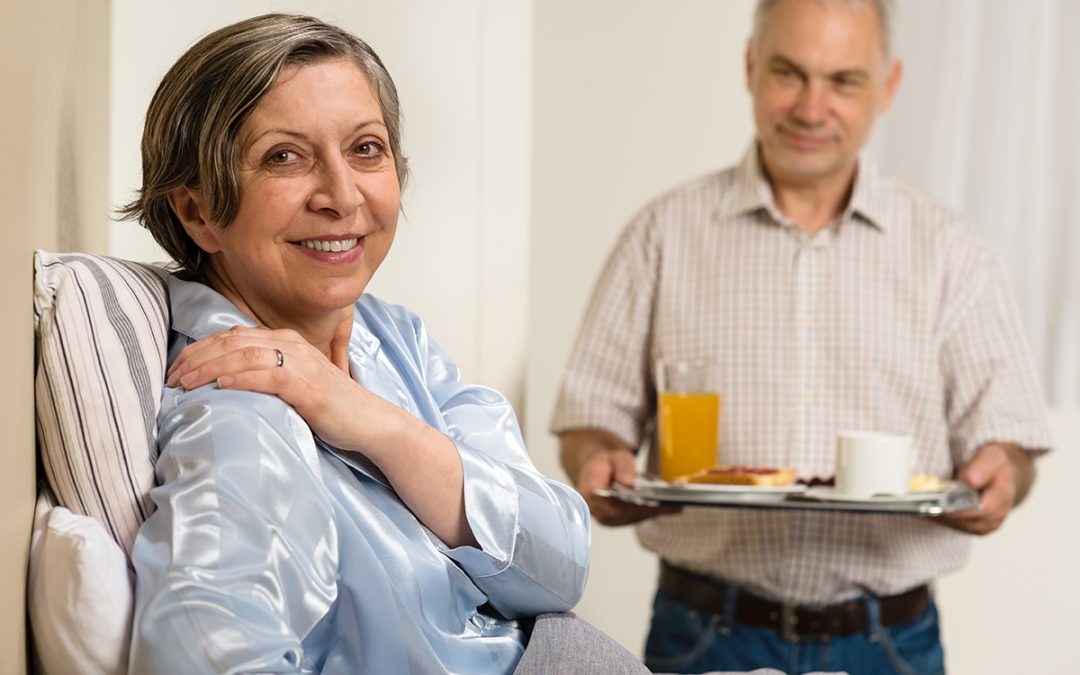Fall Prevention is critical for home safety! Falls can cause bruises, sprains, fractures, or bone breaks at any age, but consequences will likely be more severe for people over 65. Falls are a serious concern for the elderly, resulting in painful injuries and long recovery periods.
Falls can happen to anyone. Tripping on a loose rug, or something left out in the middle of the floor can catch even the most agile person off guard.
The main concern is: How long will it take to recover from that fall?
How Can Falls be Prevented?
The first, and most essential, step to safeguarding against falls is increasing physical strength through fitness programs. Muscle mass can help cushion the blow of a fall, absorbing some of the impact and causing less damage.
Falls are much more likely to happen as we get older because of what time does to our bodies. After the age of 30, our muscle mass starts to decrease. Muscle strength can be maintained by exercising regularly, but it takes dedication and effort.
Diminished leg strength has negative effects on balance and gait. Gait refers to an individual’s manner of walking. As a senior’s gait becomes more shaky and unsteady, the risk of sustaining an injury from a fall, increases.
Balance is another important factor for fall prevention. Increased leg strength leads to increased balance, resulting in greater stability when walking or moving.
Agility and coordination can also play a role in fall prevention. These skills can help seniors adapt and adjust more effectively to different floor surfaces, slippery patches, and obstructions that may appear. Coordination can also help minimize the damage of a fall, by slowing the speed of the fall and landing in a controlled manner.
Fitness Programs for Fall Prevention
The three key areas to focus on when constructing a practical fall prevention exercise program are:
- Strength
- Balance
- Coordination and Agility
Strength Exercises
Regular leg-strengthening exercises can be extremely helpful in guarding against falls. Always start out slow with limited repetition, and build your way up to doing more as your strength increases. Some good leg-strengthening activities are:
- Squats (knee bends) – bend knees to a crouch position – hold – return to standing
- Leg bends – bring one foot up behind you at 90-degree angle – return to the floor – repeat with other foot
- Heel raises – raise up on your toes – hold – return to floor
- Leg lifts – lift one leg to the side a few inches off the ground – return to floor – repeat with other leg
- Chair stands – sit in a chair – stand up with using arms – sit back down in the same fashion
Balance Exercises
Balance exercises are also crucial to fall prevention. Here are a few examples:
- Balance on one leg – stand on one foot for as long as you can hold – switch to the other foot
- Heel to Toe – raise up on your toes – hold – raise up on your heels -hold
- Hip circles – keep your feet and shoulders stationary – make wide circles with your hips -reverse direction after a few reps
Coordination and Agility
After making improvements to your strength and balance, ideally you can bring it all together by doing exercises that focus on agility and coordination.
An excellent activity for coordinating balance and strength is Tai Chi. Many cities, towns and communities have specialized Tai Chi programs for seniors. Check online or at your local Community Centre for more information.
This is a helpful website for Tai Chi beginners.
Here is a good place to get more information about Exercise and Falls Prevention in Ontario.



